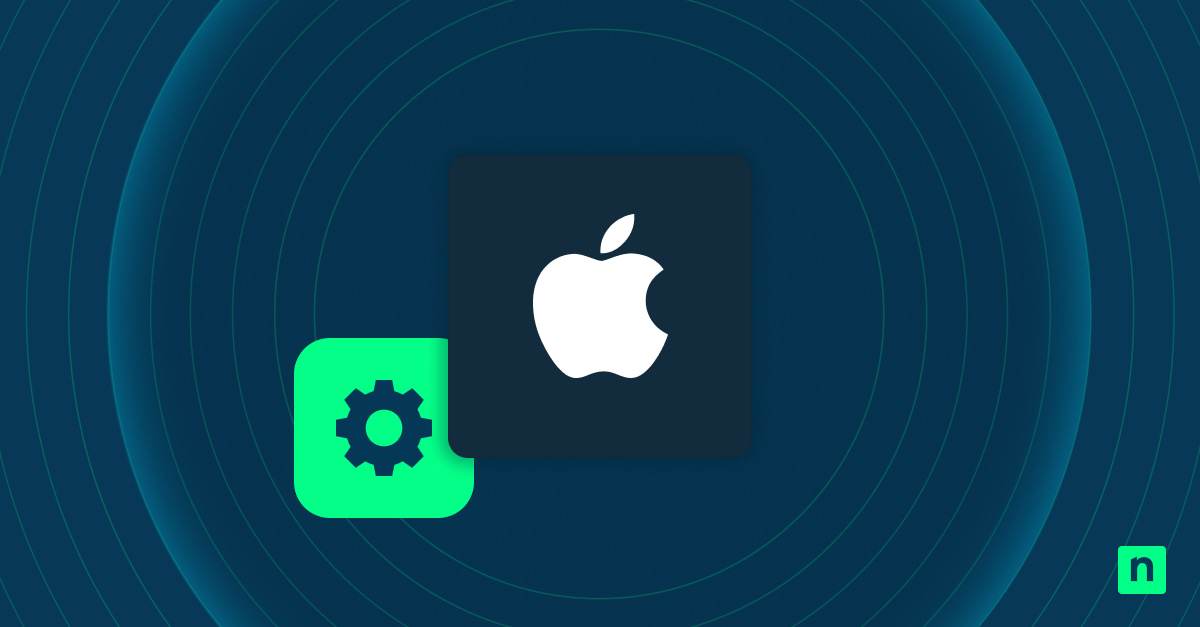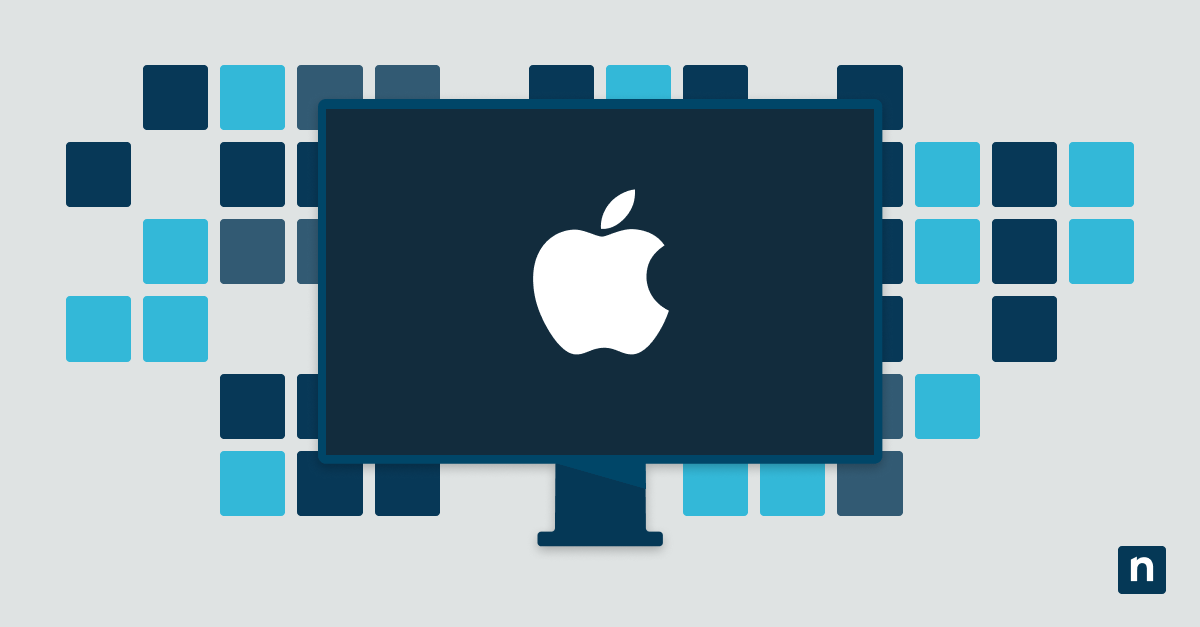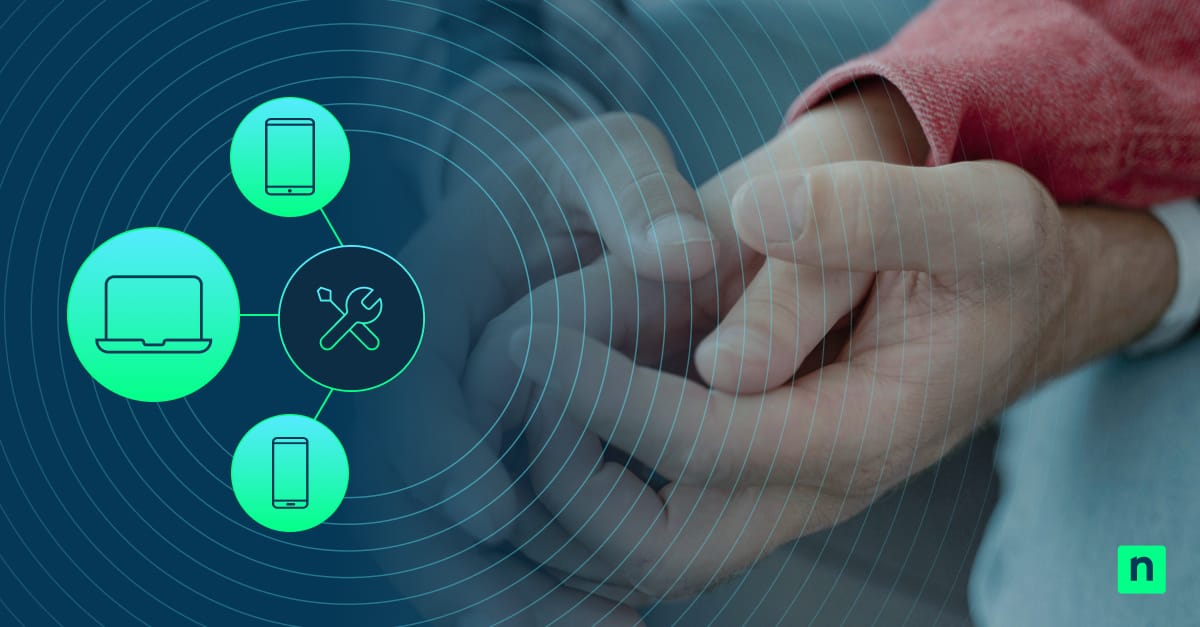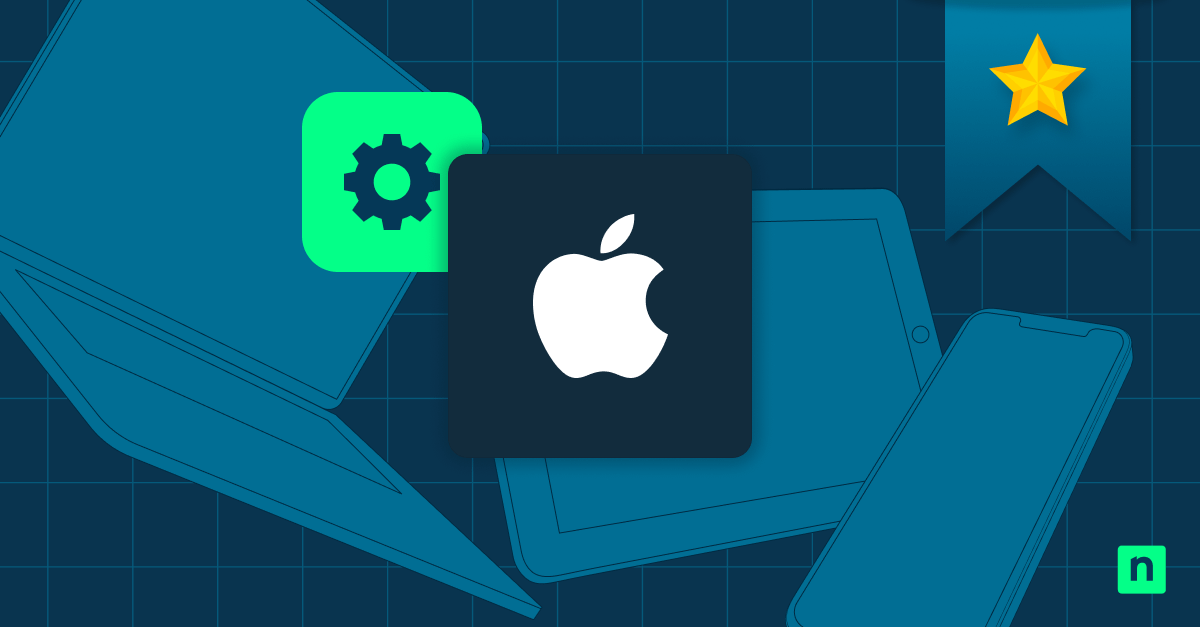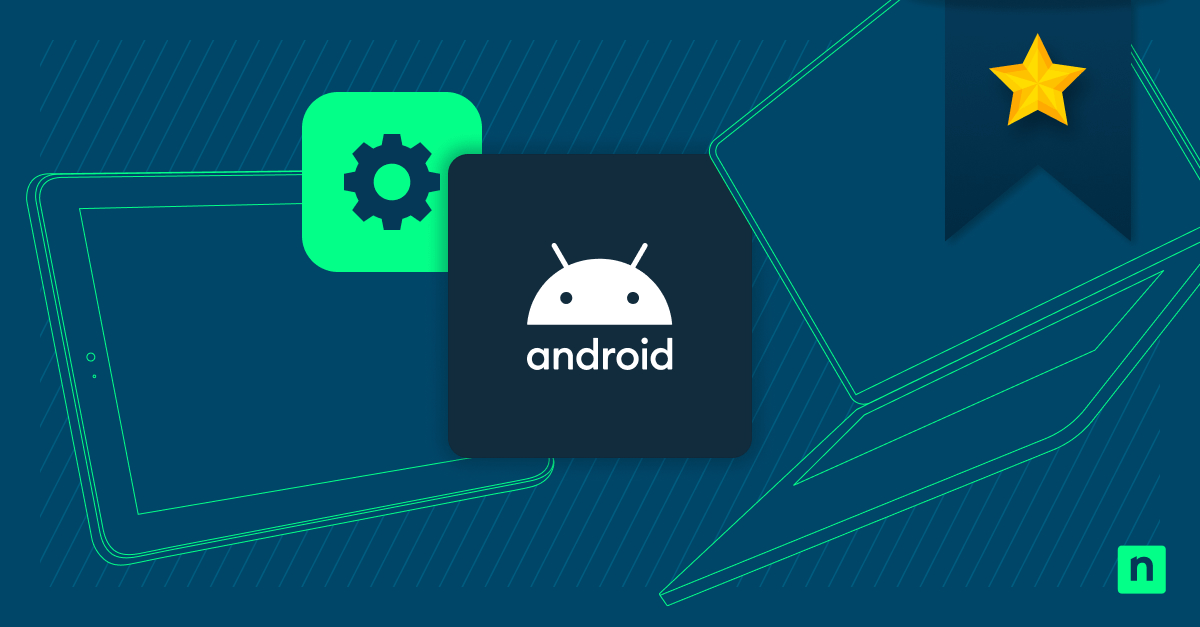The Apple vs. Android conversation has been an ongoing debate for years, and it isn’t coming to a conclusion anytime soon. Some businesses choose to use only Android or Apple devices, while others prefer to mix the two. Whether your organization uses Android or Apple, one fact is clear: your IT team will need mobile device management (MDM) to secure and manage your remote devices.
If your business uses Apple devices, then you know that Apple is known for its security; however, it isn’t enough to rely on Apple to do all the security work, which is why MDM is available for Macs and other Apple endpoints. Solutions like NinjaOne MDM that support Android, iOS, and iPadOS devices can also help strengthen security across your entire device fleet. Here is what you need to know about Mac MDM before implementing it.
What is Mac MDM?
Mac MDM is mobile device management for Macs, and it enables IT teams to manage and secure remote devices. Apple confirms, “iOS, iPadOS, macOS, and tvOS have a built-in framework that supports mobile device management (MDM). MDM lets you securely and wirelessly configure devices by sending profiles and commands to the device, whether they’re owned by the user or your organization.” Essentially, MDM provides all the tools and features that IT administrators need to effectively configure, update, manage, monitor, and secure remote Macs and other Apple devices.
How does Mac MDM work?
To set up Mac MDM, IT administrators will enroll Macs in Apple’s MDM program. Using Apple’s built-in MDM, IT teams can wirelessly configure and manage remote devices, regardless of whether devices are owned by the organization or the user. This feature supports BYOD policies or hybrid environments that allow personal devices along with the organization’s devices. To manage MDM for Macs and Apple devices, businesses can use Apple Business Manager (ABM) with their third-party MDM solution, or they can opt to use ABM by itself.
Main functions of Mac MDM
The main functions of mobile device management are very similar to endpoint management, except MDM is only used for remote devices, such as smartphones, tablets, or laptops. The main functions of Mac MDM are:
- Device configuration and management
- Updates and security
- Access and compliance
- Remote software deployment
- Monitoring and reporting
- Technical support
Mac MDM & BYOD
As mentioned, Mac MDM can support both personal devices and an organization’s devices. This MDM feature supports bring your own device (BYOD) policies, which allow employees to use their own personal devices for work. Mac MDM is also a great solution for businesses who want to create a hybrid environment and manage both the business’s Apple devices and personal Macs under a BYOD policy.
How does Mac MDM benefit businesses?
The usage of Macs in enterprise environments has grown significantly in recent years, from 17% to 23% in the United States. With this surge of Macs in the workplace, IT administrators require MDM to protect, secure, and manage these remote devices. After implementing Mac MDM into an IT environment, businesses notice these benefits:
Improve IT management and control over remote devices
For IT teams, the main purpose of MDM is to improve their management and control over remote devices. Since these endpoints are not on-premises, IT admins need MDM to secure, update, access, and manage Macs and Apple devices.
Support remote and hybrid work environments
While remote work is still a popular option for businesses, the hybrid work model has gained popularity in recent years. In fact, “74% of U.S. companies are using or plan to implement a permanent hybrid work model.” Whatever work model you choose, MDM will help support remote and hybrid work environments so that employees can access business data and other important information from anywhere.
Protect confidential data and information
IT admin’s largest concern with remote or hybrid workforces is security. Heimdal’s overview of remote work risks explains, “Remote workers can become the biggest threat to your network’s security, putting your company’s data at risk. Working from home can potentially cause data breaches, identity theft, and a host of other negative results.”
There are numerous events that could lead to data loss or theft, especially if employees are using their own devices for business tasks. MDM is currently the best way to manage and secure devices by managing device access, remotely installing updates, enforcing security policies, and more.
Align with compliance efforts
Because MDM users can remotely enforce data protection policies and conduct other security tasks, they are able to ensure that remote devices and their usage of business data align with an organization’s compliance efforts. This can include compliance with industry-related standards and also an organization’s own standards.
Improve workflow and productivity
During 2020, organizations learned that some people prefer working on-premises, while others prefer to work from the comfort of their homes. As a matter of fact, some employees are more productive while working from home. Apollo Technical claims that “productivity while working remotely from home is better than working in an office setting.
On average, those who work from home spend 10 minutes less a day being unproductive, work one more day a week, and are 47% more productive.”
Whether your organization chooses a fully remote or hybrid work model, you can support remote employees and their devices with MDM so that they can improve their workflows and increase productivity levels.
Is mobile device management only for mac devices?
While mobile device management is a popular tool to use with Macs, MDM is not only for Apple devices. You can also use MDM for other operating systems, such as Windows or Android. As long as your MDM tool is compatible with the OS, then you will be able to use MDM for your devices.
The best way to use MDM for your business
Due to BYOD practices and the ever-increasing number of teams using Macs in the workplace, Mac mobile device management is becoming a necessity for businesses that want to manage and secure their remote endpoints. However, just because MDM is currently in the spotlight of the IT community does not mean organizations should ignore their other endpoints.
To ensure that your IT environment and all your endpoint devices remain safe, it’s best to pair MDM and RMM together. Using these two tools together, you can ensure that all your endpoints remain secure and up-to-date from any location. Pair MDM software with NinjaOne RMM to see how quick and easy endpoint management can be.


